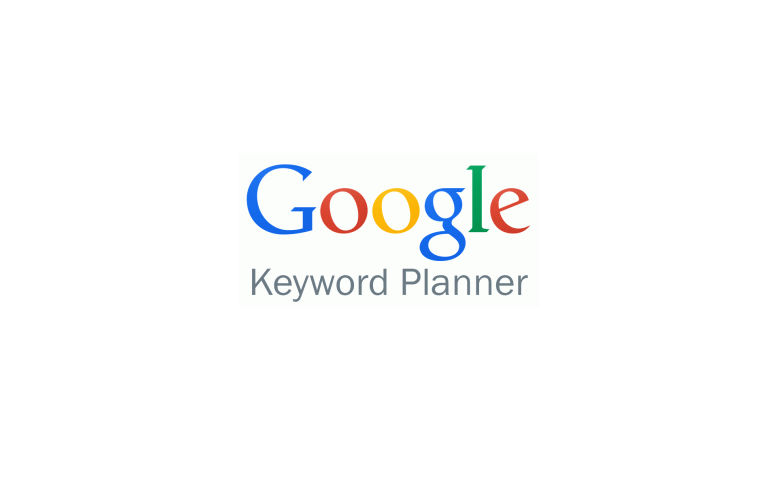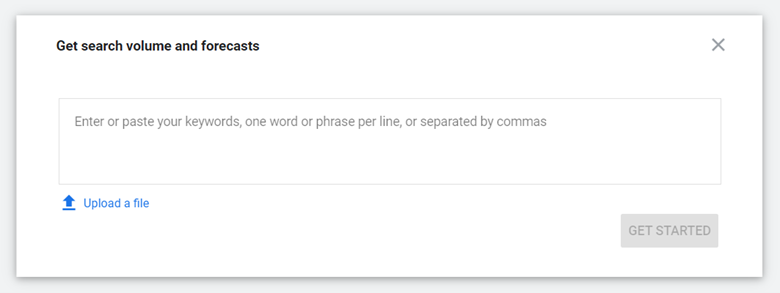|
What Is the Google Ads Keyword Forecast Tool? It’s one thing to know what’s trending now. That’s a valuable asset for any digital marketer. But what about what’s going to be trending tomorrow, or farther into the future? How do you even predict that? The Google Ads Keyword Forecast tool does just that. It’s an awesome option for anyone looking to up their SEM and SEO game by narrowing down future potential for any keywords or groups of keywords. According to Google, they update their forecasts on a daily basis, with data from up to 10 days past. This data includes market changes that occurred throughout this time. It also takes seasonality into consideration, so you’re not confused by natural market fluctuations. In short, Google Ads Keyword Forecast is a pretty cool tool. How (& Why) to Use the Forecast Tool The forecast tool is a multifaceted part of Google Ads, and it just goes to show how useful the Ads platform is as a whole. It goes well beyond today’s data and delivers insights for the near future. So what does this forecast tell you? The forecast tool will help you figure out how your keywords will perform in optimal settings. You can:
Your forecast has a date range, and you can change the time frame to see how it affects your forecast. There are two ways to see forecasts on Google Ads, so let’s break the Google Ads Keyword Forecast tool down for you, step by step. How to Use It for Forecasting Within the Google Ads Keyword Planner, you’ll find something called a forecast. Instead of clicking Discover new keywords, you’ll click Get search volume and forecasts. Once you’re here, you can enter an individual keyword or a group of keywords that are separated by commas or line breaks.
You can also upload a spreadsheet file to quickly transport keywords into the forecasting tool (as any SEO or SEM professional ought to know, there’s nothing wrong with a good shortcut!). Once you enter your keywords and click Get Started, you’ll come across a page with a few tabs. For the forecasting side of things, you’ll obviously want to stay under the first tab. Based on the keywords that you entered, you’ll see a selection of forecast data. Automatically, Google Ads tells you:
You can also add your own conversion metrics to tailor your forecasts to your brand’s unique marketing plan. This is an important trick for anyone who wants a nuanced forecast that’s perfectly fit for them. To do this, just click Add conversion metrics. In the end, you’ll be left with a pretty nifty graph and data chart that showcases future predictions (or forecasts) for your selected keywords. This helps you determine the best plan of action for campaigns to come, and even lets you know if you should adjust existing campaigns based on consumer queries and behavior. Keep in mind that the numbers you see associated with each metric is what you’re likely to achieve for your keywords or group of keywords based on your ad spend. These numbers will change if your budget changes, proving just how holistic Google’s approach really is. However, Google makes it very clear that spending more doesn’t necessarily equate to better conversions. When you’re done, take one or all of these steps:
Is This the Only Way to See Forecasts On Google Ads? Short answer: No, it’s not! Long answer: There’s another way, and you can find it by clicking Discover new keywords instead of Get search volume and forecasts at the start. When you use Discover new keywords, you can:
But in addition to these, you can also see a performance forecast once keywords are on your plan. As an optional measure, you can create a new campaign based on positive forecasts. Or, you can use them to beef up your existing campaigns. If you want to add keywords to your plan from Discover new keywords so you can forecast their performance, you can follow a few simple steps:
Ready to get started with your Google Ads Campaigns? Follow CPC Ninja on Facebook. If you're interested in getting an agency that could help you get better ad results, shoot us a message.
0 Comments
Leave a Reply. |
|



